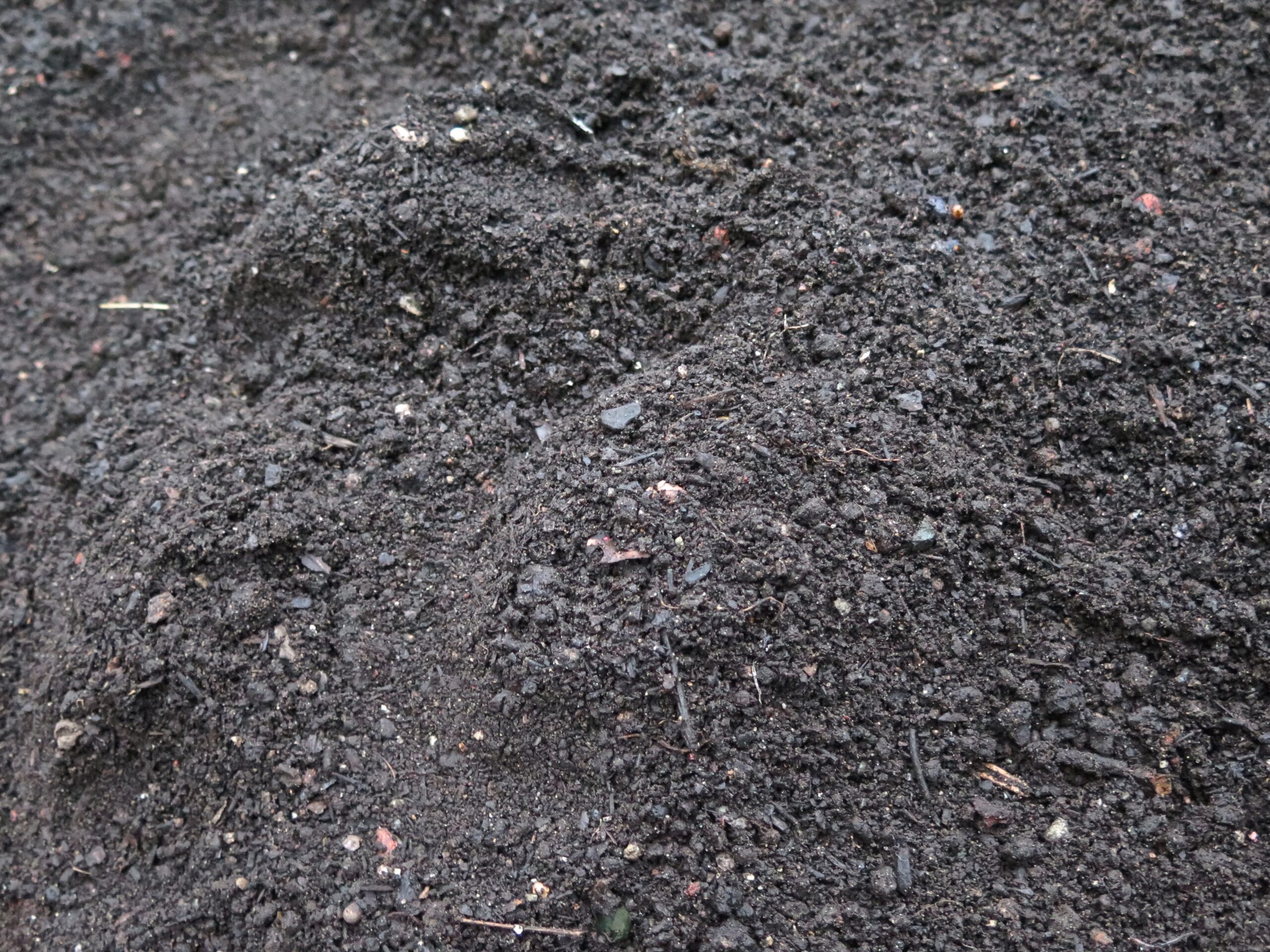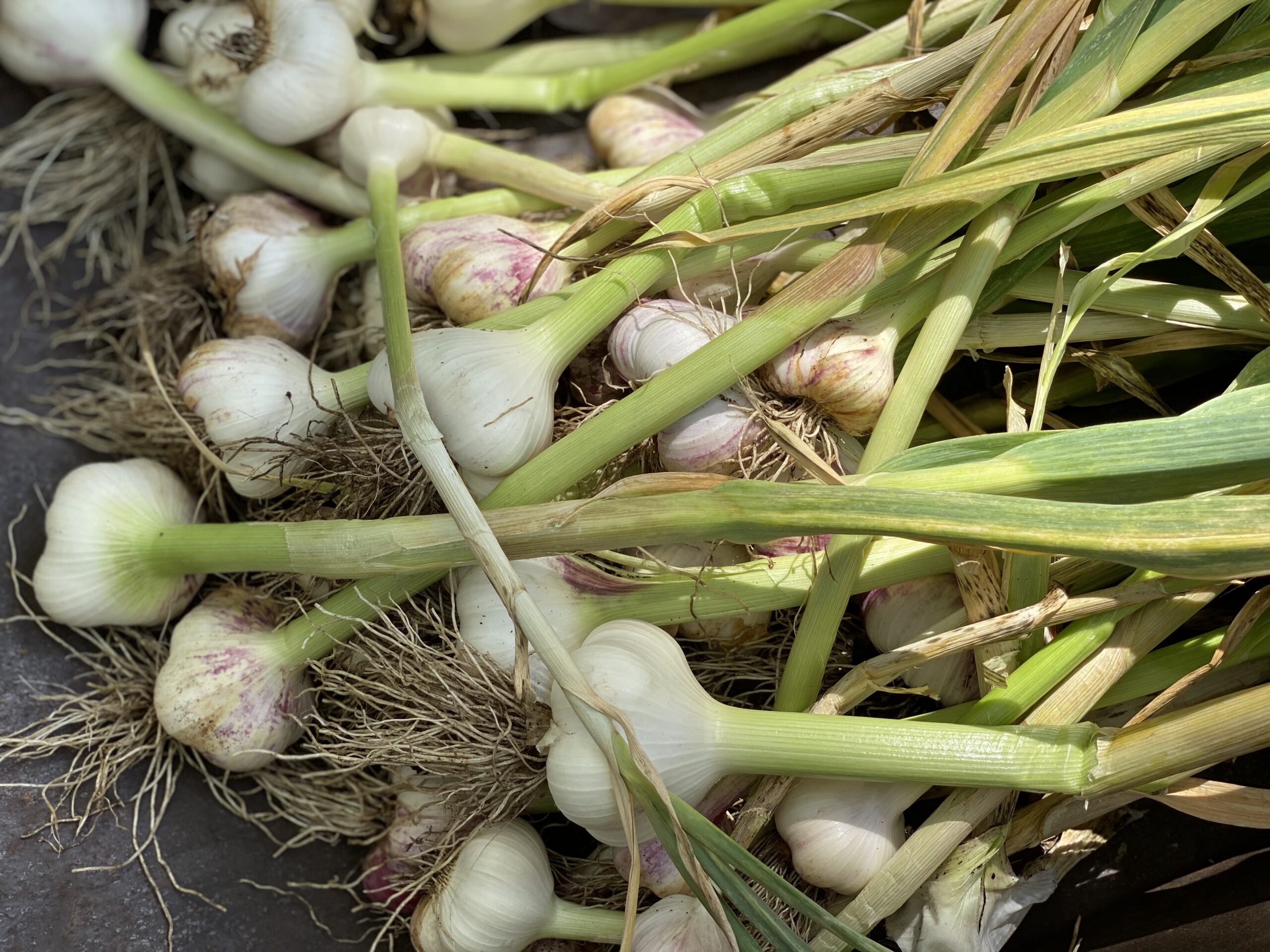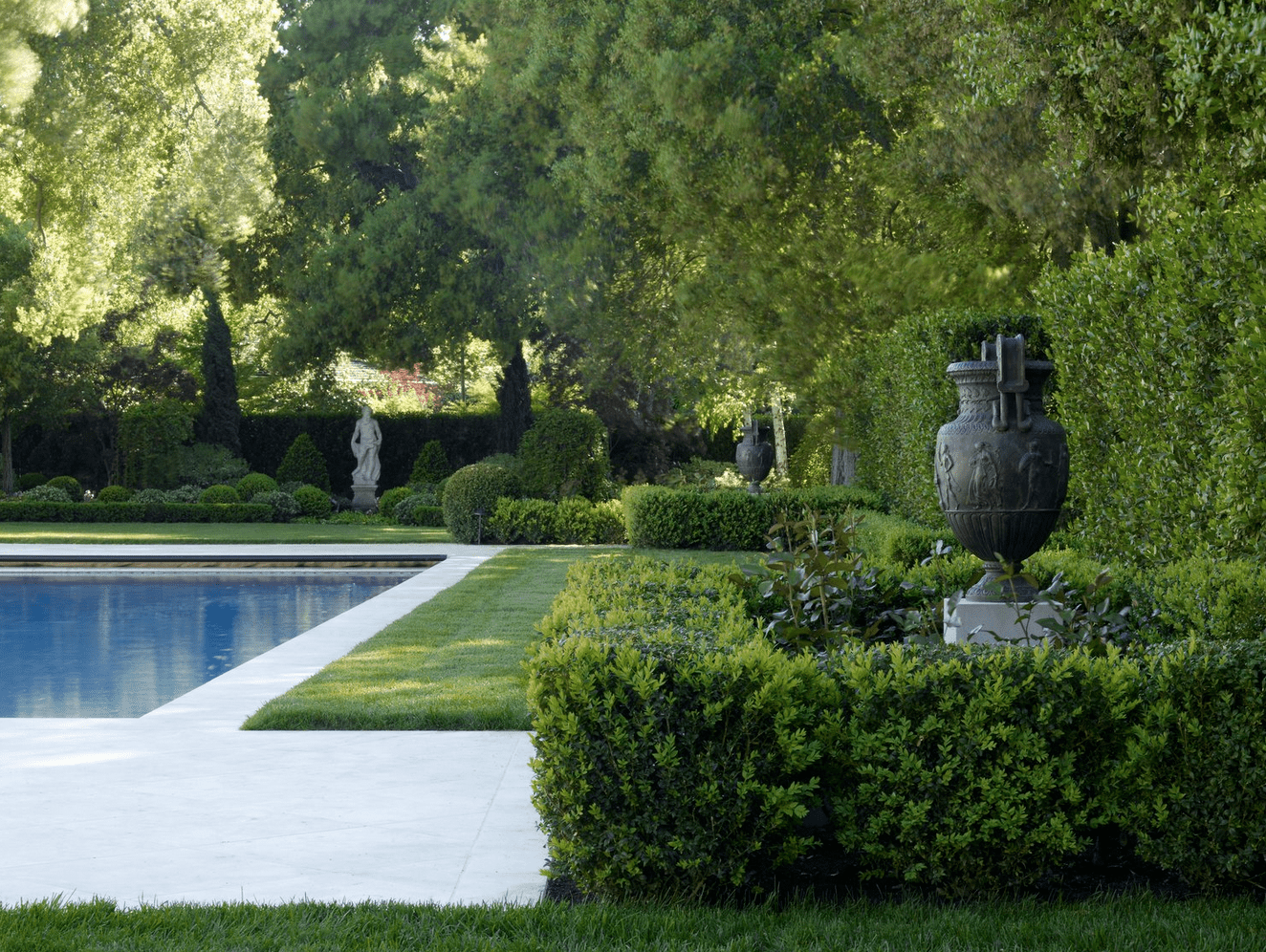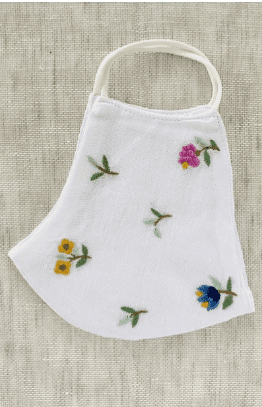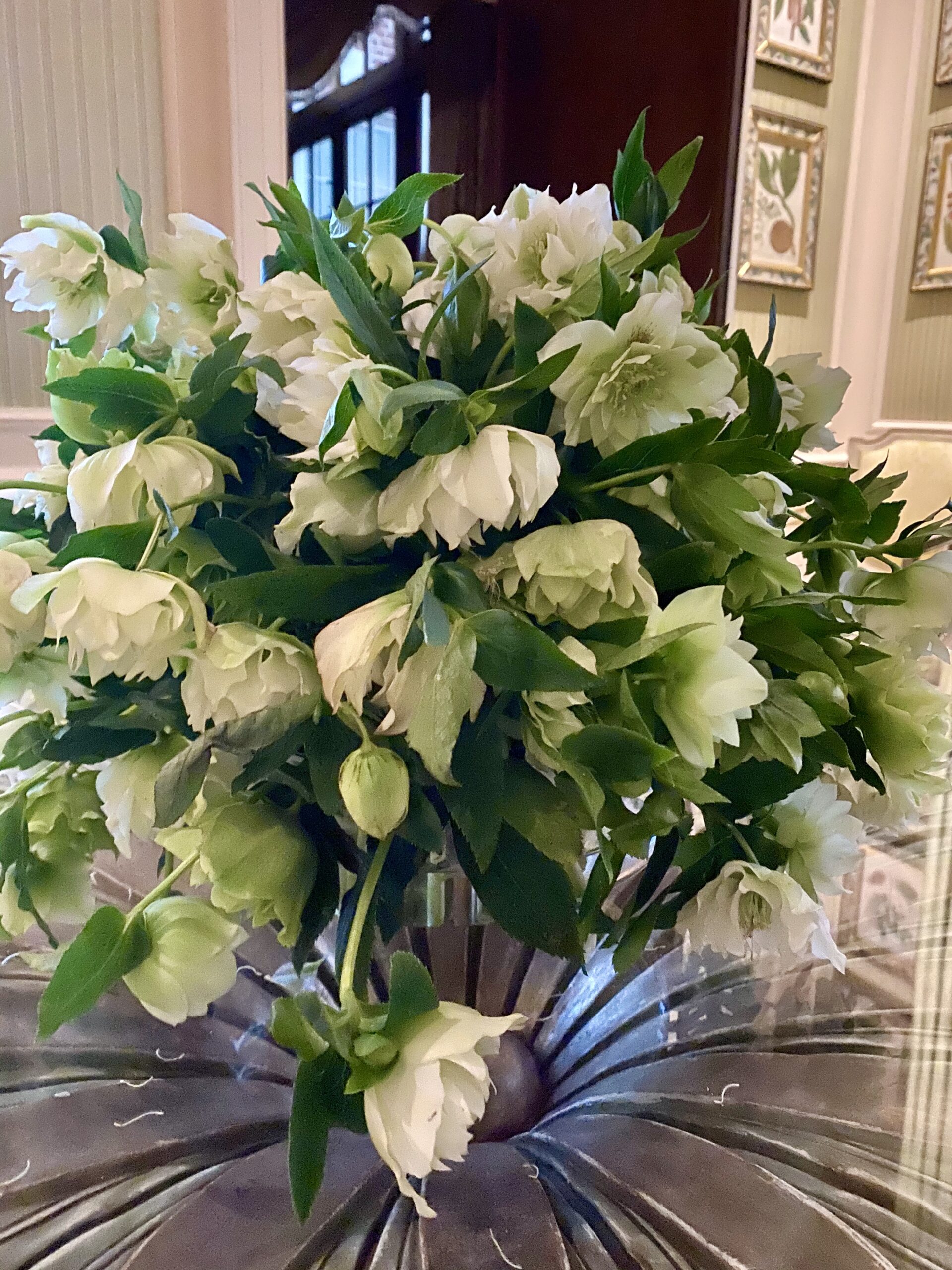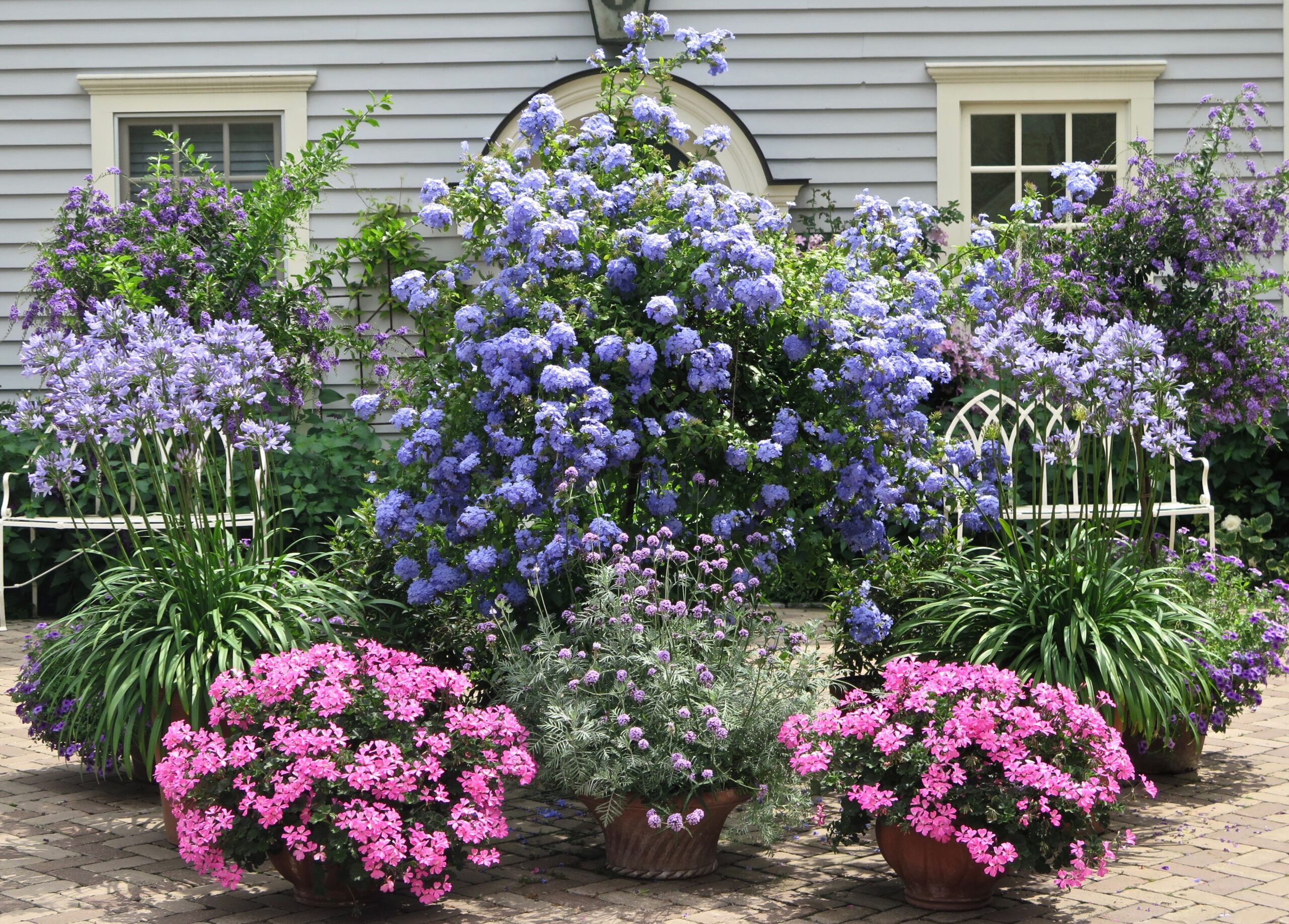I’ve always wanted to get my soil tested but never knew how to go about it. Thanks to my friend Toni Breck, I learned about the Soil and Plant Laboratory in San Jose. I called them, spoke with Annmarie Lucchesi, a consultant at the soil lab and she told me what to do. It’s easy!
I downloaded their form, completed it, and then went about collecting soil from my garden. Each test requires one gallon of soil, so I used zip lock bags. I put sample soil from 4 of my vegetable gardens in one bag, soil from my blueberry patch in a second bag and the soil around my espaliered fruit trees, where I also planted butternut squash this year, into a third bag. Vicki collected soil from her garden as well and we mailed in our bags with the completed forms off to the lab. In 7 days they emailed us our reports.
Both of us discovered that our vegetable boxes are nitrogen depleted so we have to amend our soil, which is very normal after the amount of work our vegetable gardens do throughout the growing season. After talking to Tom at Grab & Grow in Sonoma, we’re going to try planting organic red clover seeds. He suggested planting them now and in January or so, turning them back into the soil. Red clover is terrific for grabbing nitrogen from the air and water, so it can be returned to the soil. Then we’ll add some compost to top off our boxes. Tom recommended The Real MacCoy compost, which contains screened green waste, organic horse manure, organic chicken manure, ground grape pomace, rice hulls, oyster shell flour, greensand, soil sulfur, and Azomite™.
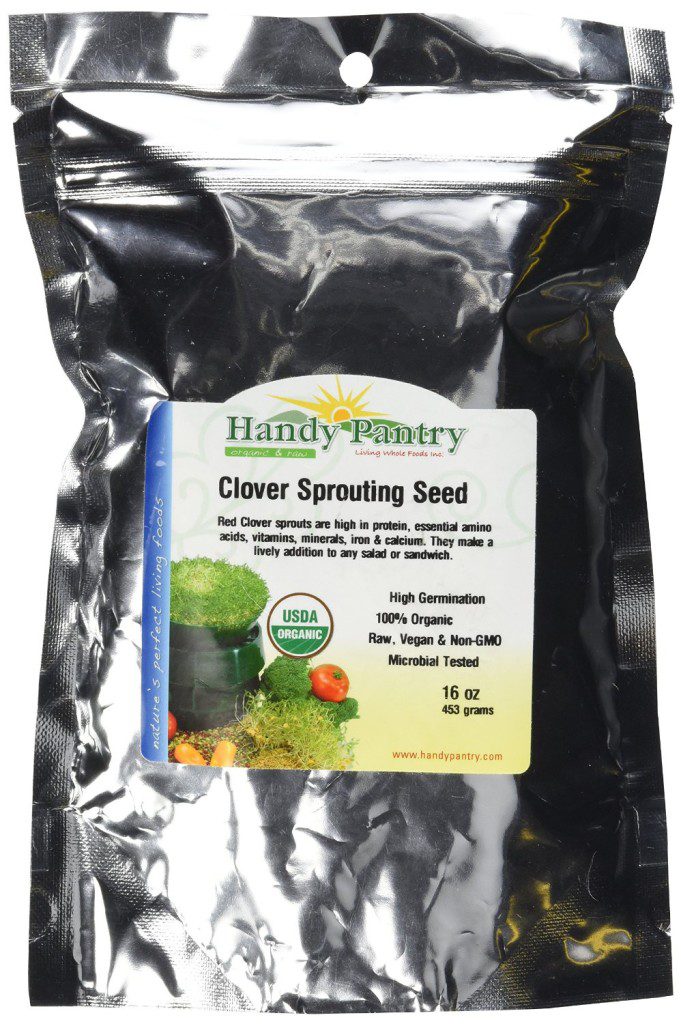

The mystery of my blueberries not performing well this year is probably solved. The soil is too alkaline, so at the end of winter, I’m going to put a 3″ layer of acidic soil over them, and then cover the soil with mulch. I look forward to seeing if that makes a difference in my fruit this year.
In the late-winter or early spring, I will also feed my citrus this year and top off the soil with the same acidic mix that I’ll be using for the blueberries. I have really neglected my citrus soil over the years!
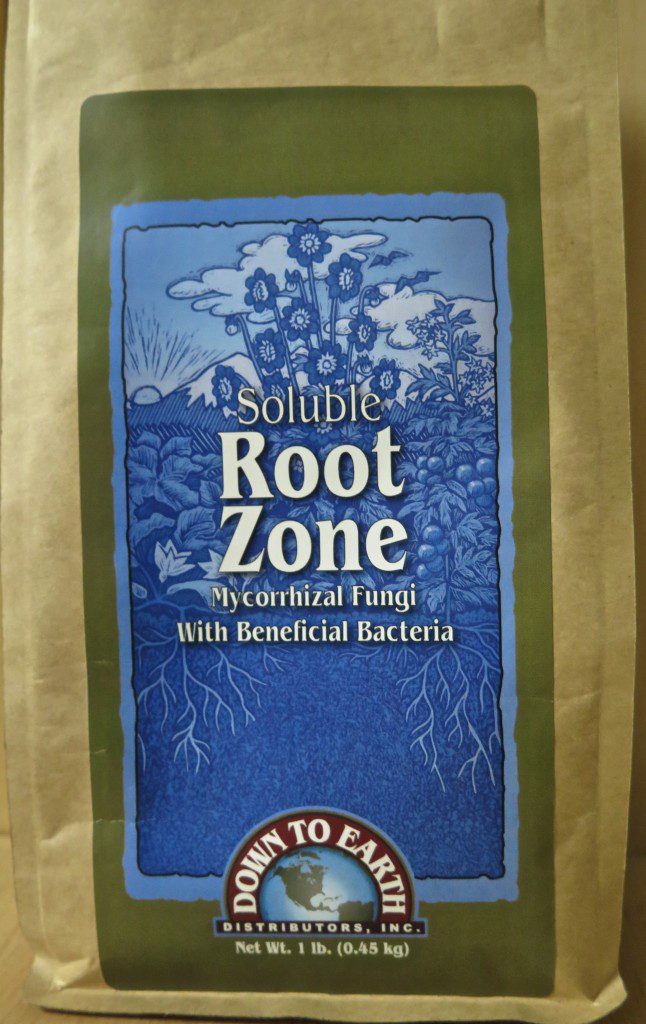

Kan from Lyngso in Redwood City turned us on to Down to Earth’s Soluble Root Zone – mycorrhizal fungi with beneficial bacteria. According to the overview on the package, this product is a “powerful blend of 30 species of beneficial soil organisms that colonize plant roots and expand into surrounding soil to greatly increase the absorptive surface area of root systems. Mycorrhizal fungi, Trichoderma and a diverse mix of bacterial species work symbiotically to promote improved soil structure and enhanced root growth.” She suggested we dilute a tablespoon in water and pour over the base of our fruit trees and blueberry bushes so our plants don’t have to work so hard to grow and produce fruit. Vicki and I are both going to try this.
The big lesson we learned is that we need to perform annual tests on the different areas of our garden and amend our soil on an annual basis to maintain the livelihood of our plants. And there is no ONE WAY to amend soil. Everyone you speak with has different advice. So, we’re just beginning to learn about amendments. But it all begins with the soil tests, which we now know how to do.

